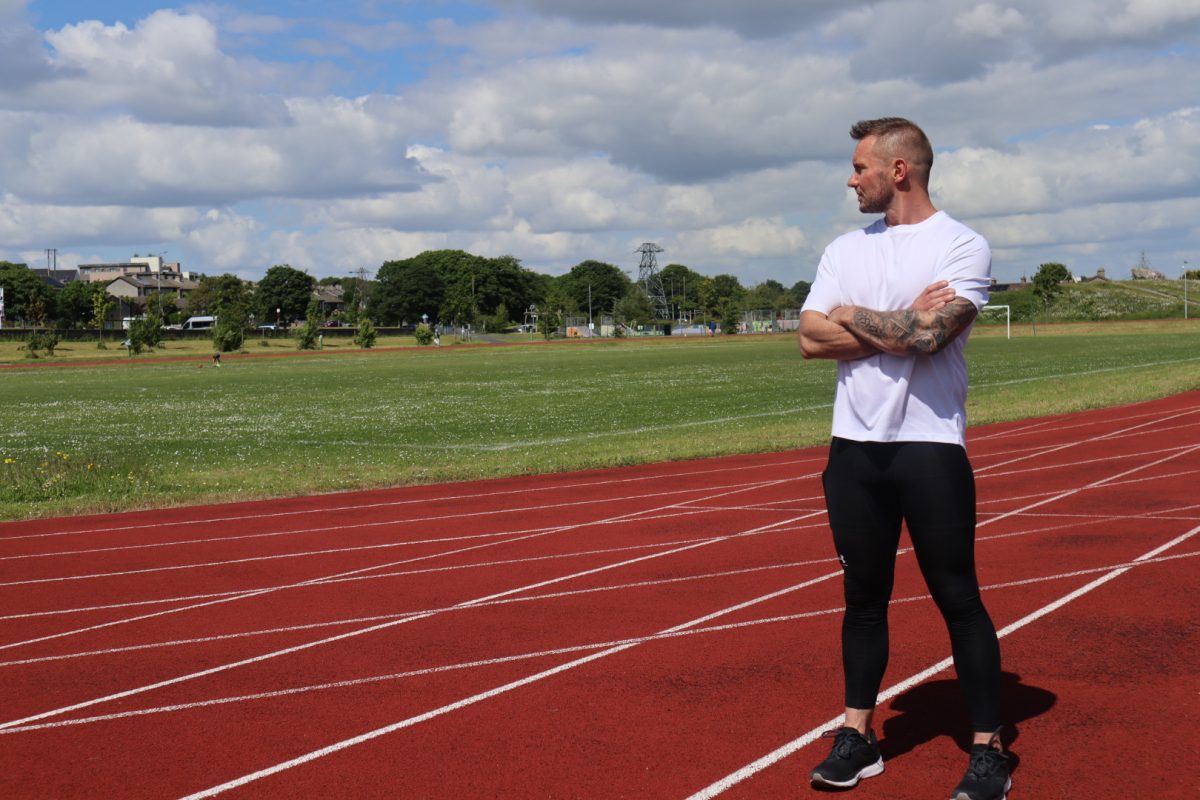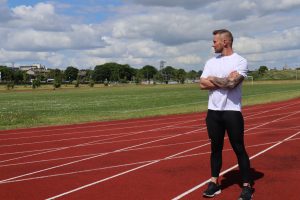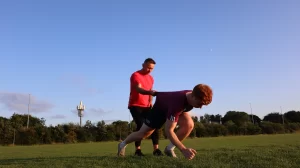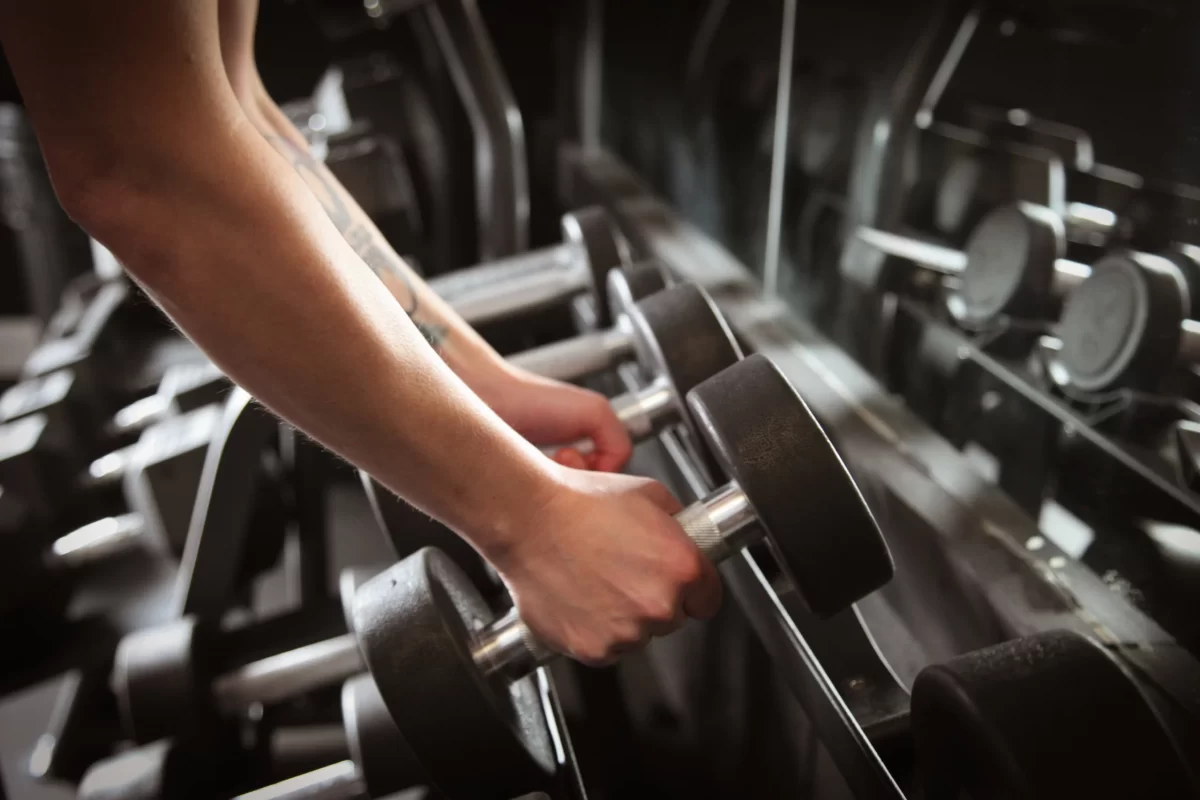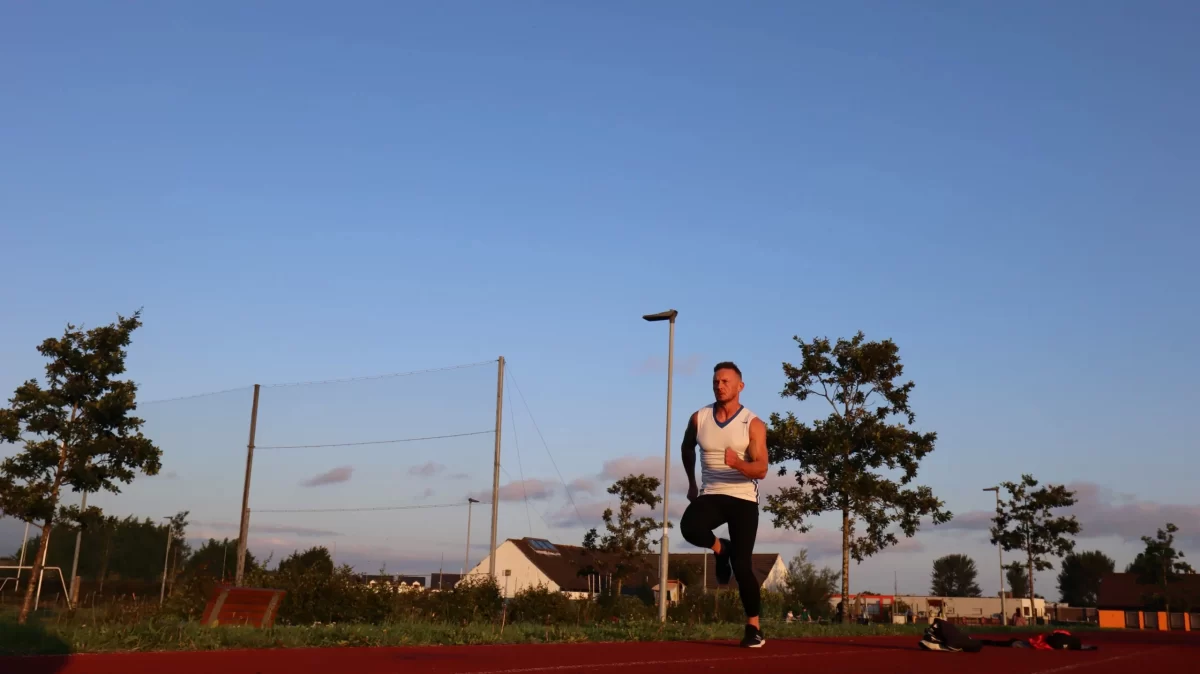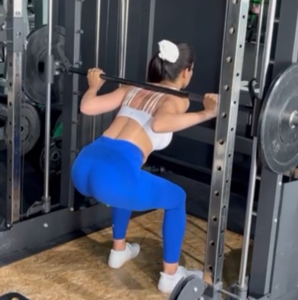
Having strong glute muscles is not just about aesthetics. For both men and women, robust glutes play a critical role in overall physical health and functional fitness. The gluteal muscles, comprised of the gluteus maximus, gluteus medius, and gluteus minimus, are among the largest and most powerful muscles in the body. They are essential for various everyday movements and athletic activities.
The Physical Importance of Strong Glutes
- Enhanced Athletic Performance: Strong glutes contribute to improved power and speed. They are pivotal in movements such as running, jumping, and squatting, making them essential for athletes across all sports disciplines.
- Injury Prevention: Weak glutes can lead to a range of injuries, including lower back pain, knee pain, and hip issues. Strengthening these muscles provides better support for the lower back and stabilizes the pelvis, reducing the risk of injury.
- Improved Posture: Glute strength is crucial for maintaining proper posture. Strong glutes help support the spine and pelvis, which can alleviate pain and discomfort associated with poor posture.
- Functional Movement: Everyday activities like walking, climbing stairs, and lifting objects rely heavily on the glutes. Building glute strength enhances your ability to perform these tasks with ease and efficiency.
Top Exercises for Building Strong Glutes
- Squats: This fundamental exercise targets the glutes, quads, and hamstrings. Stand with feet shoulder-width apart, lower your body into a squat position, and then return to standing. For added intensity, try variations like goblet squats or barbell squats.
- Deadlifts: Deadlifts are excellent for working the entire posterior chain, including the glutes. Stand with your feet hip-width apart, hold a barbell or dumbbells in front of your thighs, hinge at the hips, lower the weights towards the ground, and then return to standing.
- Glute Bridges: Lie on your back with knees bent and feet flat on the floor. Lift your hips towards the ceiling, squeezing your glutes at the top, and then lower back down. This exercise isolates the glutes and can be intensified by adding a weight on your hips.
Train with Jason Cafferkey
If you’re ready to unlock the full potential of your glutes, consider the glute program designed by renowned fitness coach Jay which will be launching soon!
Jay’s program is tailored for both men and women, focusing on exercises that build strength, improve performance, and prevent injuries. His expertise ensures that you achieve optimal results within 12 weeks, whether you’re aiming for athletic excellence, functional fitness or transform your glutes into a feminine looking.
Embrace the power of strong glutes with Jay’s glute program The Booty Blueprint. Visit jcfitness.ie to learn more and start your journey towards a stronger, healthier you.
Hashtags: #StrongGlutes #GluteWorkout #FitnessGoals #JasonCafferkey #JCFitness #GluteExercises #AthleticPerformance #InjuryPrevention #FunctionalFitness #GluteProgram #WorkoutMotivation #StrengthTraining #FitnessCoach

